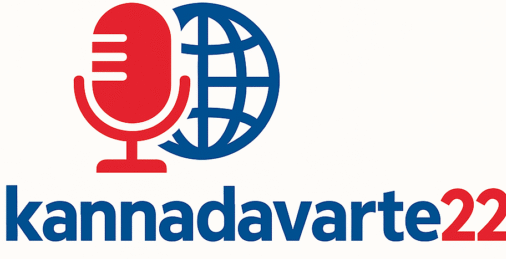Karnataka is known for its rich educational heritage, with institutions like IISc and IIM-B setting global benchmarks. But beneath this reputation lies a growing crisis — the teacher shortage in government of Karnataka. Across thousands of government schools, especially in rural and semi-urban areas, there are not enough qualified teachers to support basic learning. This shortage is becoming a serious barrier to quality education.
In this blog, we will explore the reasons behind the teacher shortage in Karnataka, its impact on students, and possible solutions to bridge this alarming educational gap.

Why is There a Government Teacher Shortage in Karnataka?
The shortage of government teachers in Karnataka is a result of several interlinked factors:
1. Delayed Recruitment Process
The Karnataka Public Service Commission (KPSC) and other recruitment bodies often delay the appointment process. Thousands of teaching posts remain vacant year after year due to slow hiring and administrative backlogs.
2. Retirement and Resignation
Many experienced teachers retire every year, and these vacancies are not filled immediately. Additionally, several teachers quit or transfer due to low salaries, lack of incentives, and poor working conditions in remote areas.
3. Poor Working Conditions in Rural Areas
Many schools lack basic facilities like proper classrooms, toilets, and housing. Teachers are reluctant to accept postings in remote areas without proper infrastructure or transport facilities.
4. Imbalanced Student-Teacher Ratio
While the Right to Education Act mandates a specific student-teacher ratio (30:1 for primary), many schools in Karnataka have only 1 or 2 teachers managing 5 or more classes, severely affecting teaching quality.
5. Policy-Level Gaps
There is a lack of long-term planning and budgeting for teacher recruitment. Despite multiple complaints from school management and parents, policy response has been inconsistent.
How Teacher Shortage Affects Students in Karnataka
The impact of teacher shortage on students in Karnataka is long-lasting and deeply damaging, especially for rural and marginalized communities.
1. Lower Learning Outcomes
Without qualified subject teachers, students in core subjects like Math, Science, and English often lag behind. Many cannot read or solve basic arithmetic by Class 5 or 6.
2. Increased Dropout Rates
Lack of teacher attention, academic support, and motivation causes many children — especially girls — to drop out by the time they reach secondary school.
3. Overburdened Teachers
Existing teachers are forced to teach multiple subjects and manage administrative tasks, reducing classroom teaching hours and quality.
4. Lack of Mentorship and Emotional Support
Teachers also play the role of guides and mentors. Without adequate teaching staff, children miss out on moral, emotional, and life-skill guidance.
5. Inequality in Education
While private schools continue to flourish, students in government schools — mostly from economically backward families — are left behind, widening the education inequality gap in Karnataka.
Real Data: The Numbers Tell the Story
- As per a 2023 report from the Department of Public Instruction, over 25,000 teaching posts were vacant in government schools in Karnataka.
- In some rural taluks, 1 teacher handles all 5 primary classes.
- Several government high schools function without science or math teachers for years.
Also Read :Priya Nair Makes History as HUL’s First Woman CEO
Possible Solutions to Tackle Teacher Shortage
Solving this crisis requires immediate and long-term actions:
1. Fast-Track Recruitment
Streamline KPSC and other hiring exams with yearly hiring calendars and fast appointment processes.
2. Incentives for Rural Postings
Provide housing, transport allowance, and rural hardship bonuses for teachers posted in remote areas.
3. Use of Guest Teachers & EdTech
Until permanent teachers are recruited, guest teachers and online learning modules can fill short-term gaps.
4. Training and Upskilling
Invest in regular teacher training programs to keep current educators updated with pedagogy and digital tools.
5. Public-Private Partnership
Collaborate with NGOs and educational institutions to adopt government schools and support teacher availability.
Conclusion
The government teacher shortage in Karnataka is not just an education issue — it’s a societal crisis. Every child deserves access to quality education, and that starts with having enough qualified and motivated teachers in every classroom. Unless the state takes swift and sustainable action, Karnataka’s dream of inclusive and quality education will remain unfulfilled.
FAQs
Q: How many government teacher posts are vacant in Karnataka?
A: As of 2023, over 25,000 posts were reported vacant across Karnataka’s government schools.
Q: Which districts are most affected by the teacher shortage?
A: Rural districts like Raichur, Koppal, Kalaburagi, and Chamarajanagar face the worst shortages.
Q: What is the student-teacher ratio in Karnataka?
A: Many schools exceed the RTE recommended 30:1 ratio, with some having only 1 teacher for 100+ students.
